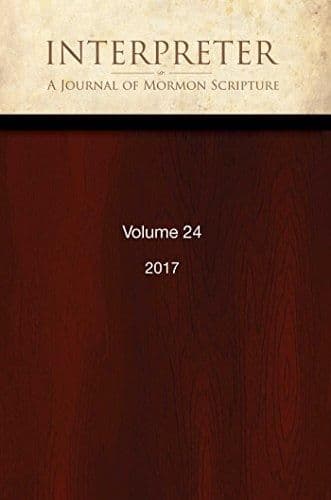Journal
The Implications of Past-Tense Syntax in the Book of Mormon

Title
The Implications of Past-Tense Syntax in the Book of Mormon
Publication Type
Journal Article
Year of Publication
2015
Authors
Carmack, Stanford (Primary)
Journal
Interpreter: A Journal of Latter-day Saint Faith and Scholarship
Pagination
119-186
Volume
14
Abstract
In the middle of the 16th century there was a short-lived surge in the use of the auxiliary did to express the affirmative past tense in English, as in Moroni «did arrive» with his army to the land of Bountiful (Alma 52:18). The 1829 Book of Mormon contains nearly 2,000 instances of this particular syntax, using it 27% of the time in past-tense contexts. The 1611 King James Bible — which borrowed heavily from Tyndale’s biblical translations of the 1520s and ’30s — employs this syntax less than 2% of the time. While the Book of Mormon’s rate is significantly higher than the Bible’s, it is close to what is found in other English-language texts written mainly in the mid- to late 1500s. And the usage died out in the 1700s. So the Book of Mormon is unique for its time — this is especially apparent when features of adjacency, inversion, and intervening adverbial use are considered. Textual evidence and syntactic analysis argue strongly against both 19th-century composition and an imitative effort based on King James English. Book of Mormon past-tense syntax could have been achieved only by following the use of largely inaccessible 16th-century writings. But mimicry of lost syntax is difficult if not impossible, and so later writers who consciously sought to imitate biblical style failed to match its did-usage at a deep, systematic level. This includes Ethan Smith who in 1823 wrote View of the Hebrews, a text very different from both the Bible and the Book of Mormon in this respect. The same may be said about Hunt’s The Late War and Snowden’s The American Revolution.
Subject Keywords
Bibliographic Citation
Terms of use
Items in the BMC Archive are made publicly available for non-commercial, private use. Inclusion within the BMC Archive does not imply endorsement. Items do not represent the official views of The Church of Jesus Christ of Latter-day Saints or of Book of Mormon Central.